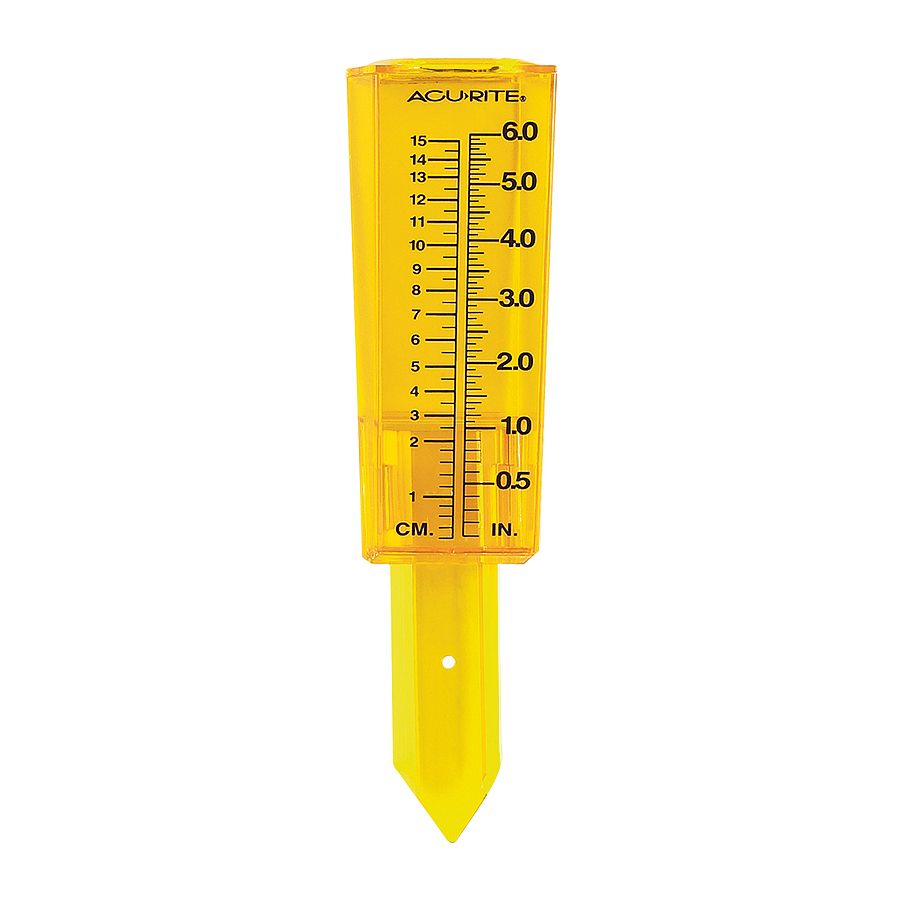Do It Yourself Rain Scale: Straightforward Steps to Make Your Own
Creating your own DIY rain scale is a effective and simple way to determine and tape precipitation. With simply a couple of common materials and some basic steps, you can easily construct your own rain gauge at home. Allow's obtain begun on making your Do it yourself rainfall scale today!
Gather Materials
To begin creating your DIY rain scale, gather all the needed materials utilizing an extensive checklist of items. Having the ideal products on hand will ensure the effective creation of your rainfall scale and allow for exact measurements of rains. Collecting these materials ahead of time will enhance the building and construction process and make sure that you have every little thing you need to produce your very own Do it yourself rain scale.
Prepare the Container

Mark the Measurement Increments
To properly determine the amount of rains, precisely marking the dimension increments on your DIY rainfall gauge is important. Without clear and precise markings, it would be hard to identify the exact quantity of rainfall gathered in your rainfall scale. Here are the actions to mark the dimension increments on your rainfall gauge.
First, choose the system of measurement that you wish to use. The most usual units for gauging rainfall are millimeters and inches. Once you have actually chosen the device, use an irreversible pen or waterproof paint to note the increments on the side of your rainfall gauge. For inches, you can mark every quarter inch or every half inch, relying on your preference. For millimeters, you can note every 10 millimeters or every 20 millimeters.
When noting the increments, it is important to make sure that they are equally spaced and clearly visible. Make use of a leader or measuring tape to guarantee precision and uniformity. Additionally, make sure that the markings are resistant to fading or abrading, as direct exposure to the elements may trigger them to wear away over time.
Place the Rain Scale Outdoors
The rainfall scale need to be placed outdoors to accurately gather rains information. The area picked for the rainfall scale should be open and totally free from any type of obstructions that could potentially influence the measurement of rainfall. It is important to locate a spot that is not blocked by trees, structures, or various other frameworks that might obstruct the rainfall from getting to the gauge. This will make sure that the collected information is agent of the real rains in the location.
In addition, it is critical to position the rain gauge on a stable surface, such as a level ground or a durable message. This will protect against any kind of movement or tilting of the gauge, which can lead to incorrect measurements. It is likewise recommended to avoid putting the scale near any sources of man-made water, such as lawn sprinklers or water drainage systems, as this could disrupt the precision of the measurements.
Screen and Document Rain Information
Regular tracking and recording of have a peek here rainfall information is crucial for accurate data analysis and analysis. By keeping an eye on rains measurements, you can acquire valuable understandings right into weather condition patterns, climate trends, and water source management. To efficiently monitor and tape rainfall information, it is essential to develop a regular and preserve consistent methods.
Firstly, make sure that your rainfall gauge is positioned in an open location away from obstacles such as trees or buildings that may block rainfall. Additionally, make certain the rain gauge is level and securely secured to stop any kind of activity that might influence the accuracy of the measurements.

When tape-recording the rains data, it is crucial to keep in mind the day and time of each dimension. Utilize a leader or a determining stay with establish the rains deepness in the rainfall scale, and document this details accurately.
To make certain the precision of the dimensions, it is recommended to empty the rainfall scale after each recording. This will certainly prevent any kind of overflow or evaporation from impacting succeeding measurements.
Final Thought
Finally, creating a DIY rainfall gauge is a straightforward and functional way Full Report to check and tape-record rains information (The Rain Gauge). By adhering to the steps detailed in this write-up, you can easily gather materials, prepare the container, mark the dimension increments, and position the rainfall scale outdoors. Routinely monitoring and taping rains information can provide important info for various purposes
Having the appropriate materials on hand will certainly make certain the successful development of your rainfall gauge and enable for precise measurements of rainfall.To precisely determine the amount of rainfall, properly noting the measurement increments on your Do it yourself rainfall scale is necessary.The rain scale need to be placed outdoors to accurately collect rains data. The area picked for the rainfall gauge ought to be complimentary and open from any obstructions that can potentially affect the dimension of rains.In verdict, developing a DIY Full Report rain gauge is a easy and practical method to monitor and record rains information.